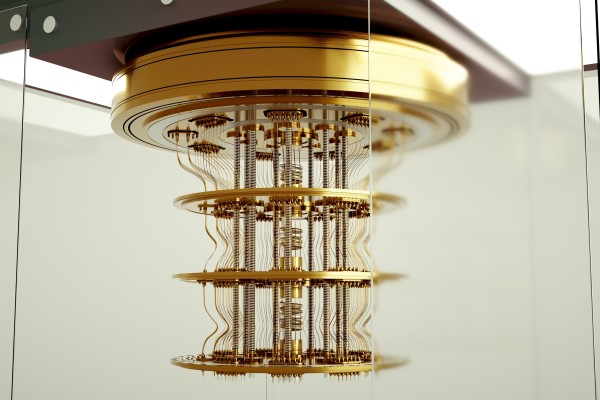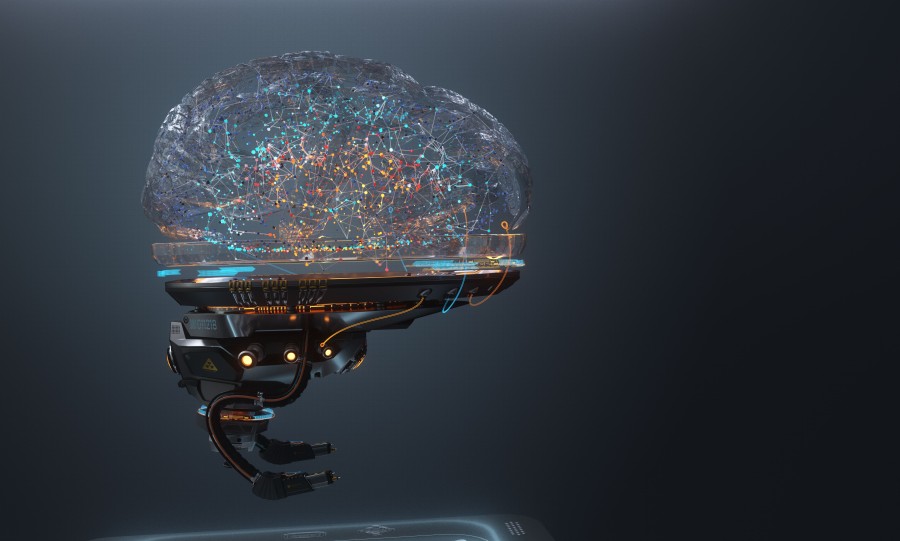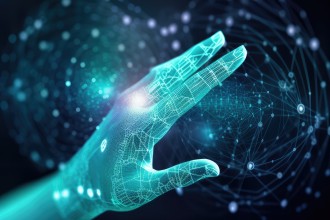Quantum Chips
In a classical computer, the bits can be either one or zero. Quantum bits, on the other hand, can also be both at the same time, allowing the computers to process equations and algorithms much faster. The quantum bits are in quantum chips, which the quantum computer needs to function. The chips are the crux of the matter when it comes to the potential of quantum computers. Up to thousands to millions of qubits are needed. From a current perspective, the production process still needs to be improved to reach these numbers. Efficient production of quantum computer chips is elementary for the future of quantum computers.
Quantum Simulation
The development and construction of quantum computers are very time-consuming, expensive, and complex. In the development process, it is difficult to test quantum computer programs step by step so that the algorithm always runs from front to back without communicating intermediate states. Quantum simulations are quantum systems that, due to their controllability, make it possible to imitate the functions of the quantum computer and thus test them. The outputs of the tests can hardly be calculated since the laws of quantum physics cannot be predicted and are too complex for today's available computing power. Thus, quantum simulations form a valuable resource in research.
Quantum Communication
In the future, quantum communication will make our communication channels and personal data, such as patient records, social networks, or e-mail exchanges, more secure and protect them against eavesdropping and manipulation. But it should also prevent external control of autonomous cars, nuclear power plants and power grids as well as hacker attacks, data leaks and industrial espionage by making any interference detectable: a photon source produces entangled photon pairs whose properties complement each other. Thus, when the state of one photon is measured, the state of the other can be calculated. This is used for physical encryption of communication, since attempts to disrupt communication between photons will cause their entanglement to decay, making it immediately visible. In this way, information can be secured over short and long distances.
Quantum Imaging
Quantum imaging is an imaging technique whose field of research is still quite young and with which objects are to be imaged according to certain criteria that classical optics no longer provides. Here, the quantum properties of light and, as in quantum communication, also the properties of entangled photons, are used.
In the future, work will be done to reduce the size of the devices and to increase the resolution of the images, so that the technology can be integrated into existing microscopy systems, for example.
In this way, quantum imaging could be advantageous in the medical field, among others, as biological systems can be examined more precisely. For example, if previously unrepresentable vibrations or bio substances can suddenly be made visible, the technology could be helpful in the detection and treatment of certain types of cancer.
Quantum Sensing
With classical sensors, physical signals can be measured, while the sensors for quantum sensing are based on individual atoms and can therefore be used to make measurements that would be inconceivable with a "normal" sensor. This is not because quantum sensors are more accurate, they are simply able to measure other things, such as magnetic field strength. Despite this technical success, there are still some obstacles to quantum sensing. An especially important one is the application outside of laboratories, which is not or hardly possible. Currently, quantum sensor technology is used in the autonomous navigation of vehicles, for more detailed diagnostic images in medicine, or for the detection of gravitational changes, among other applications. One idea is to make the systems portable in the future and even as small as a chip for a smartphone, so that, for example, the measurement of chemical compositions can be viewed directly on the phone.
To conclude
In the coming years, entire application areas, such as finance, medicine, or logistics, will be revolutionized as the technology can be applied outside of laboratories and the benefits become usable. Soon, companies that do not use quantum technology will feel a competitive disadvantage. Therefore, early engagement with the topic and implementation of appropriate applications is certainly reasonable.
Quickscout
Looking for suitable
technology providers?
Start scouting!








